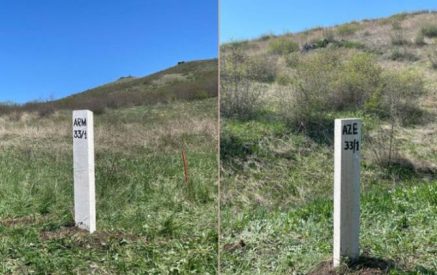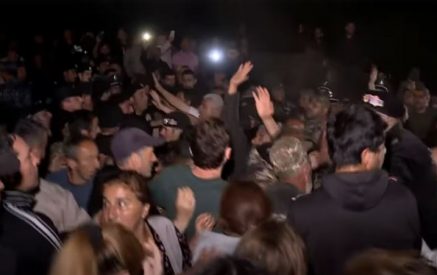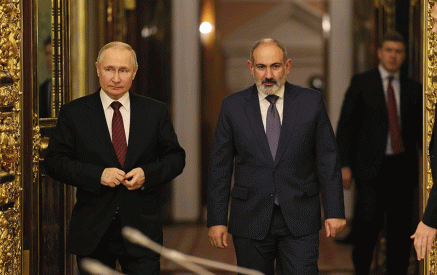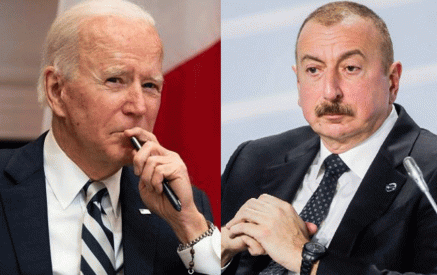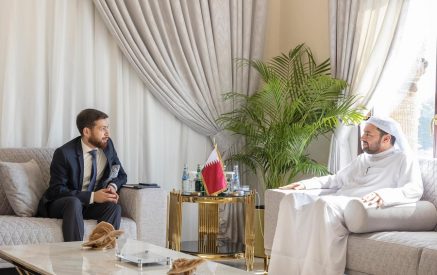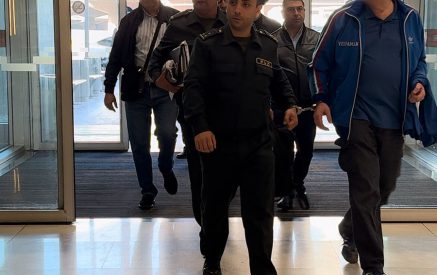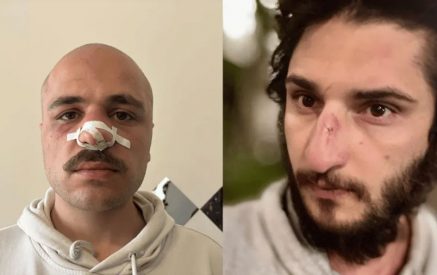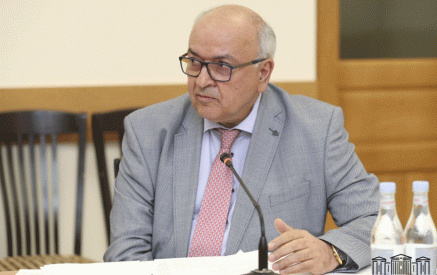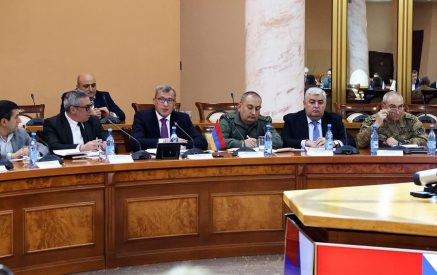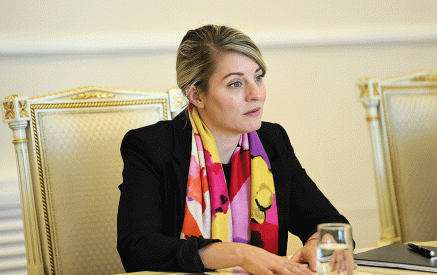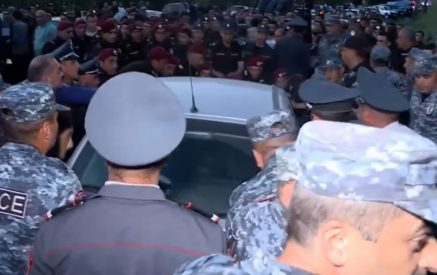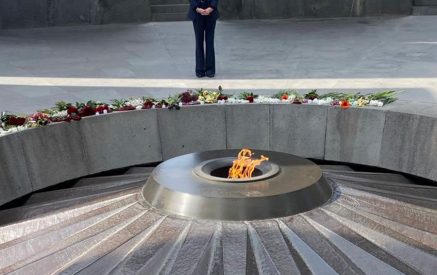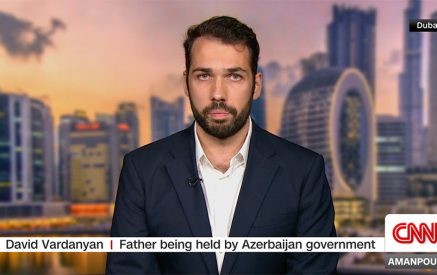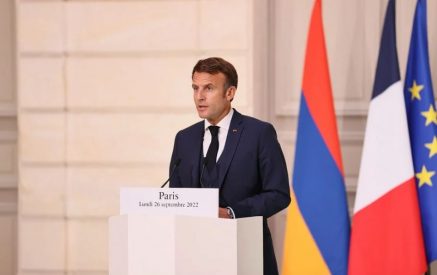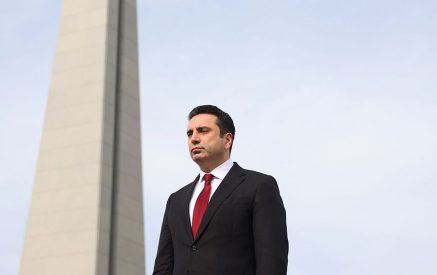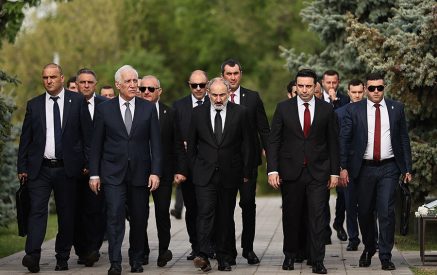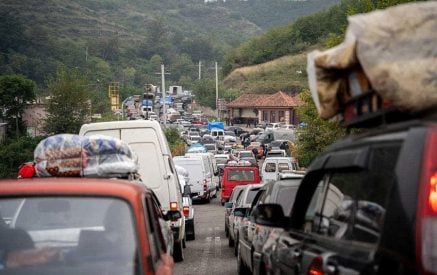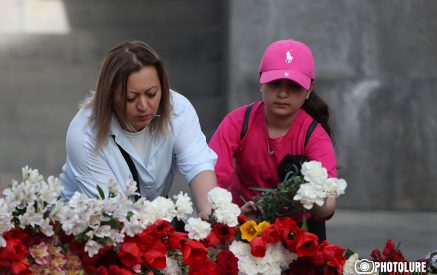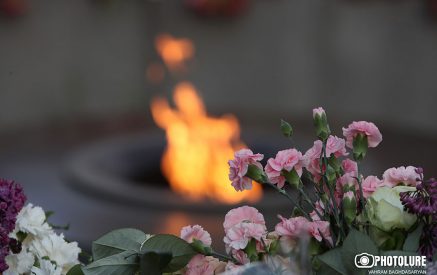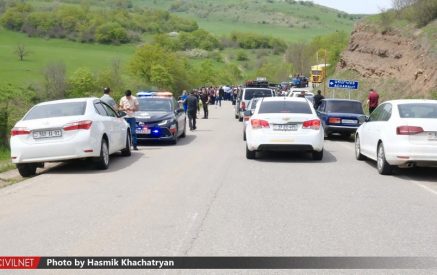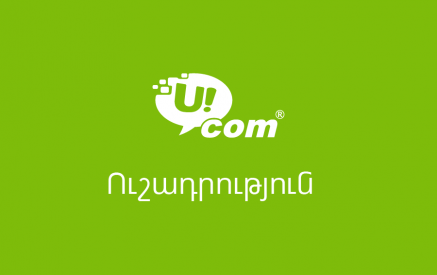by Stepan Piligian
Whenever the topic of diaspora relations with Armenia is reviewed, we should always preface by acknowledging that Armenians in the United States are very generous and committed to the homeland. This is not meant to suggest that we “Americahyes” do not need to improve our performance, but rather that since the devastating earthquake in 1988, Armenians in the U.S. have backed their rhetoric with a variety of support mechanisms, primarily in the financial domain but also with an impressive number of nonprofits. Yet Armenia needs a stronger presence from the diaspora, which goes beyond the transfer of funds. Times of tragedy are an opportunity to learn from our shortcomings, but only if we have the vision to take advantage of it. This requires a healthy dose of humility, as solutions require the admission of a problem. Historically, self-assessment is not our strongest suit, but there are signs of improvement.
Many Armenians in the U.S. feel that organizational and individual donations to Armenia should entitle diaspora influence in Armenia. Beyond the impact of those investment relationships, it does not. Our romantic notion of a global Armenian nation should be balanced with the fact that Armenia is a sovereign country with a Constitution to govern itself. I absolutely believe we should encourage all Armenians to contribute to the homeland and build an identity based on this relationship, but this must be done in accordance with the laws of the nation. Identity is best built by adding value, not by seeking influence. There is an open door for greater diaspora participation. It starts with a curiosity that goes beyond sending money to a website or address.
Read also
I would like to share what our family has learned in this regard that has afforded us such a rewarding experience. The first time we visited Armenia as a family several years ago, we were what I would describe as fairly typical of U.S.-born Armenians. Our relationship with the homeland was through our family tree in western Armenia and through our exposure to the current Republic of Armenia. The Armenian communities in the diaspora have done an admirable job of establishing patriotic values through knowledge of our history and tragedies such as the Genocide. Despite our involvement in the Armenian community in the U.S., we had the same questions many of you likely have had at some point—would we understand the eastern dialect? Would we be familiar with the food? Would we feel a connection? During that first trip, we felt like more than tourists yet less than contributors to the homeland. After all, which Armenian is truly a tourist in their homeland? The difference lies in the deeply rooted emotions in our hearts that are released when we face Ararat, pray at Etchmiadzin and experience our culture. I remember waking up one morning for our inaugural participation in a very touristy tour. Upon opening our hotel window, I was face to face with a crystal clear Mt. Ararat that seemed to say, “Welcome, it’s about time.” We arrived in Armenia not knowing a soul in the country but feeling as if we were home. We left drained by the emotions we expended but feeling incomplete. It was not enough to see the sites and enjoy the ambiance. We needed to know the people and become a part of a country that was far away in miles but close to our hearts. We needed to directly contribute to its development.
On our visits over the next few years, we focused on societal issues through visits to remarkable institutions such as Mer Doon, Orran and the Women’s Support Center. Our family discovered the true essence of building a sustainable bond with the homeland. These nonprofits and many others were started by diaspora Armenians who had a desire to become part of the nation building process and a vision to implement their dream. We learned about what was happening on the ground far below the radar of politics. We also spent more time in the villages, particularly the border villages in the eastern and southern areas of Armenia. It was there that we discovered what I consider the soul of Armenia. These people truly understand the purpose of life in terms of happiness, simplicity and giving. Our interests gravitated quickly towards the survival of border communities that are national security risks for Armenia. Whether in Isahakian on the Turkish border, Chambarak in Tavush on the Azerbaijani border or in eastern Syunik, the people are warm, generous and free of constraining complexity. Our identity journey was getting closer to the answer.
In 2018, through our good fortune visiting the Armenia Tree Project and Jason Sohigian, we crossed paths with the Paruyr Sevak village in the Ararat Marz on the border of Azerbaijan’s exclave Nakhichevan. Our lives changed forever. Sohigian asked us a simple question: “Where would you like the trees planted that were donated?” Our equally simple response was in a border village, in the hope that we could one day build a relationship. It was God’s plan for us to make that visit in June 2018 with our cousins the Hamparians from Chicago. In matters of faith, there are no coincidences. I have written about our uplifting experience over the last five and a half years, which has resulted in many projects with our partner the Paros Foundation and expanded our extended family to include the people of this village.
Fortunately, our family story is not unique. My friend John Mangassarian and his wife June are leading a similar adoption effort with another village. I met a young couple, Stephen Haroian and Astrid Mkhitaryan from New York, who have forged important relationships in the border villages of Syunik through their Little Bird Armenian Development group. A wonderful young woman from Boston, Nairi Krafian, started a nonprofit Oknooshoon in 2017 in Armenia to develop programs for the therapy benefits of human-canine relationships. Tim Straight, an American with Norwegian background, has lived in Armenia for over 20 years and runs the Homeland Development Initiative Foundation, which has employed Armenians from villages while distributing their crafts internationally. This is one way that any person can make a real difference for our brethren and ourselves. The personal satisfaction of working with these residents is beyond gratifying. It represents the fulfillment of establishing a special relationship with the homeland.
The more Armenian Americans who take this step, the closer we come to building a pan-Armenian, one nation mentality. Armenian unity cannot be legislated or announced. It is the result of face-to-face relationships, knowledge and trust. Youth exchange programs and professional internships hold critical importance and open the door for diaspora professionals to work in Armenia and build a service mentality. Whether we work with a large nonprofit or participate individually, our quest begins with a desire to make an impact.
My family’s experience, and that of many people I have met, suggests that focus is a critical attribute. Many of us with good intentions spread ourselves too thin. If we each pick one area of focus, our impact will be greater. Projects that connect us with others will have an adjacency impact and satisfy the need to avoid forming silos. Through our work in Paruyr Sevak over the last five years, we have had the honor of meeting other groups on a mission of providing hope.
Hoops For Haiastan, a U.S.-based nonprofit that advocates for basketball and sports in Armenia, built a basketball and soccer court in the village. Focus on Children Now is a wonderful group that provided furniture and playground equipment for the new pre-school. The Ohanyan school in Yerevan, a private K-12 school attached to Eurasia University, is establishing a working exchange relationship with the village school that will bolster the quality of education. The contact was made here in the U.S. as the Ohanyan family’s daughter, Anna Ohanyan, is a renowned scholar at Stonehill College. Once you find an area of focus, the relationships you will establish will bring such joy to your life. Imagine if 100 Armenian-American families established working relationships with 100 rural villages or you personally followed your contribution with an on-site commitment. Consider yourself an ambassador for the vast Armenian communities in America. Sometimes it starts with a simple, “How can we help?”
Remember the original premise that our community is incredibly generous. It is generally assumed that this generosity requires only two prerequisites—integrity and visibility. Our people rightfully want to know that their kindness is properly accounted for and has visible results. Sadly, we have witnessed either credibility issues or a lack of visible results. Each person can play a critical role in solving that challenge. When we raise money for Paruyr Sevak, our family’s credibility is on the line. John and June Mangassarian represent a trustworthy bridge between Armenian Americans and their village partners. Your commitment can provide an important level of sustainable trust. It is extremely important to close the loop by presenting tangible results to our benefactors. Recently, our parish donated funds for three new bathrooms at the secondary school. Pictures of the new construction were greatly appreciated and led to further generosity. Personal participation in these projects can make them real for our communities in the U.S. and release the constraint of reluctance. If we truly believe that Armenia is our homeland, taking this next step with a high level of participation will provide incremental identity for the diaspora and measurable results for Armenia. In this time of crisis in our history, we should be finding new avenues of investing in Armenia. This starts with us as individuals. Find your zone and build a sustainable relationship.
On the photo: Stepan and his family pictured on a small hill overlooking the village of Paruyr Sevak. The plaque was in dedication to his parents and grandparents. In yellow is Mayor Edik. In the background on the right is the Azeri border.

